1. Madonna – “Like a Prayer”

Madonna has never been one to shy away from controversy, but “Like a Prayer” really had parents clutching their pearls. The video featured burning crosses, stigmata, and a Black saint who some thought was portrayed as a romantic interest. This mix of religious imagery and provocative themes ignited outrage among conservative groups, with many accusing Madonna of blasphemy. Despite the backlash, the video propelled her career to new heights and became an iconic piece of pop culture says Snopes.
What made “Like a Prayer” so captivating was Madonna’s fearless approach to taboo subjects. She blended spirituality with social issues, challenging viewers to rethink their beliefs. Parents worried it would corrupt their kids, but for fans, it was a bold statement of artistic freedom. The video’s mix of sacred and profane elements created a tension that kept audiences hooked, proving that controversy could be a powerful tool in music.
2. Michael Jackson – “Thriller”

“Thriller” isn’t just a music video; it’s a mini horror movie set to one of the most iconic tracks ever recorded. Michael Jackson’s transformation into a werewolf and dancing zombies scared some parents, who thought it was too scary for younger viewers. The video’s length and complex choreography, combined with its horror themes, pushed the boundaries of what a music video could be, raising eyebrows among conservative audiences shares Billboard.
Despite the parental panic, “Thriller” was a massive hit and set the gold standard for music videos. The blend of horror, pop, and impeccable dance moves made it irresistible to fans. It also showed how music videos could be cinematic experiences, not just promotional tools. Parents may have worried about nightmares, but “Thriller” cemented Jackson’s place as the King of Pop and revolutionized the industry.
3. Cyndi Lauper – “Girls Just Want to Have Fun”
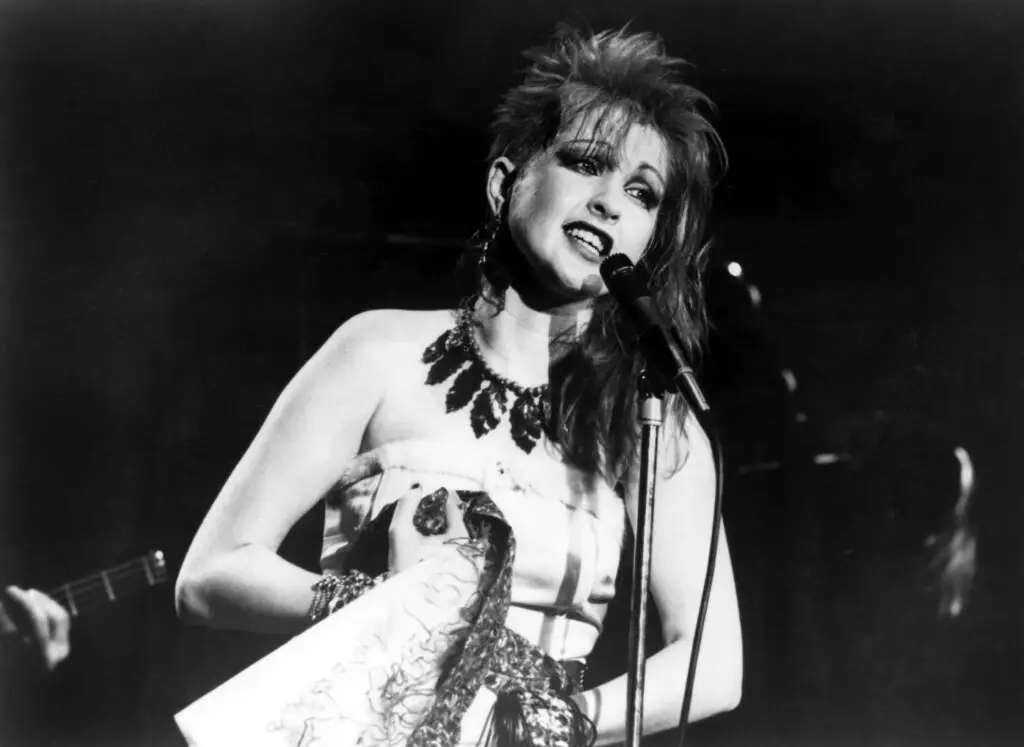
Cyndi Lauper’s “Girls Just Want to Have Fun” was a colorful explosion of rebellion and female empowerment, but parents were uneasy about its carefree attitude. The video depicted girls defying social norms and embracing independence, which some parents felt encouraged disrespectful behavior. Its vibrant style and unapologetic celebration of girl power made it a feminist anthem, much to the dismay of traditionalists adds the Guardian.
For fans, the video was liberating and fun, perfectly matching the song’s upbeat tone. Lauper’s playful energy and quirky style made it a celebration of individuality, inspiring countless fans to embrace their true selves. While parents worried it promoted rebellion, “Girls Just Want to Have Fun” became a timeless ode to self-expression and joy.
4. Prince – “Darling Nikki”
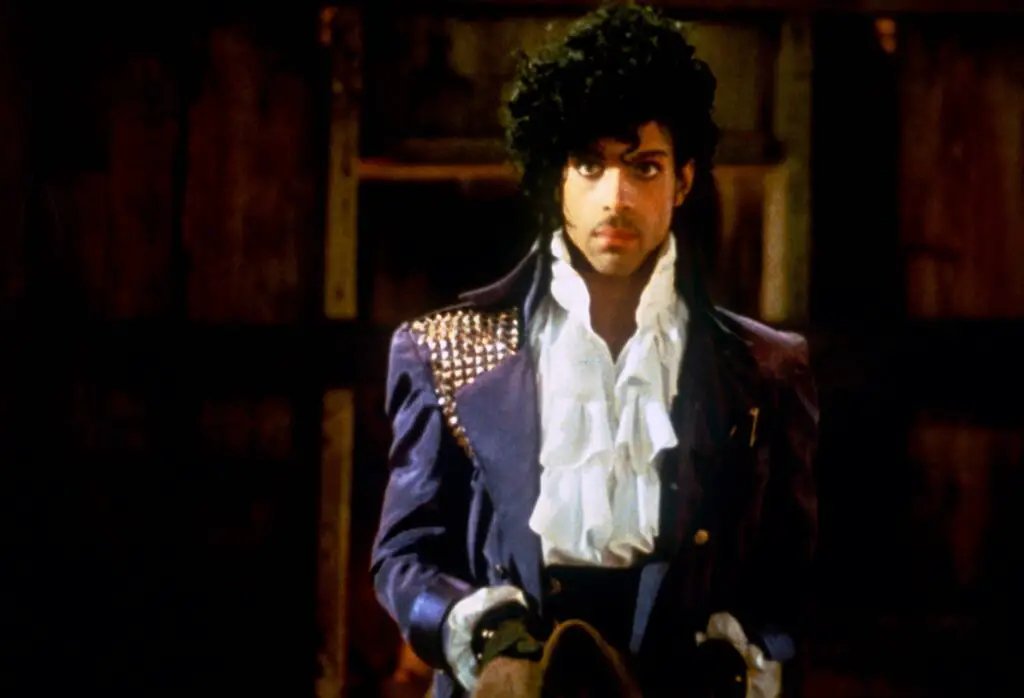
Prince was no stranger to controversy, and “Darling Nikki” only fueled the fire. The video’s lyrics and provocative visuals alarmed many parents. The song even played a role in the creation of the Parents Music Resource Center (PMRC), which pushed for parental advisory labels on albums. Parents felt Prince crossed the line, worrying it would expose their kids to adult themes says the Root.
Prince’s fearless approach to music and video only added to his allure. Fans admired his raw honesty and boldness in addressing such topics, which “Darling Nikki” captured perfectly. The video’s dark, sensual tone highlighted Prince’s ability to mix music with storytelling in ways few artists dared to attempt. While parents wanted to shield their children, fans saw it as a masterpiece of provocative art.
5. Duran Duran – “Girls on Film”
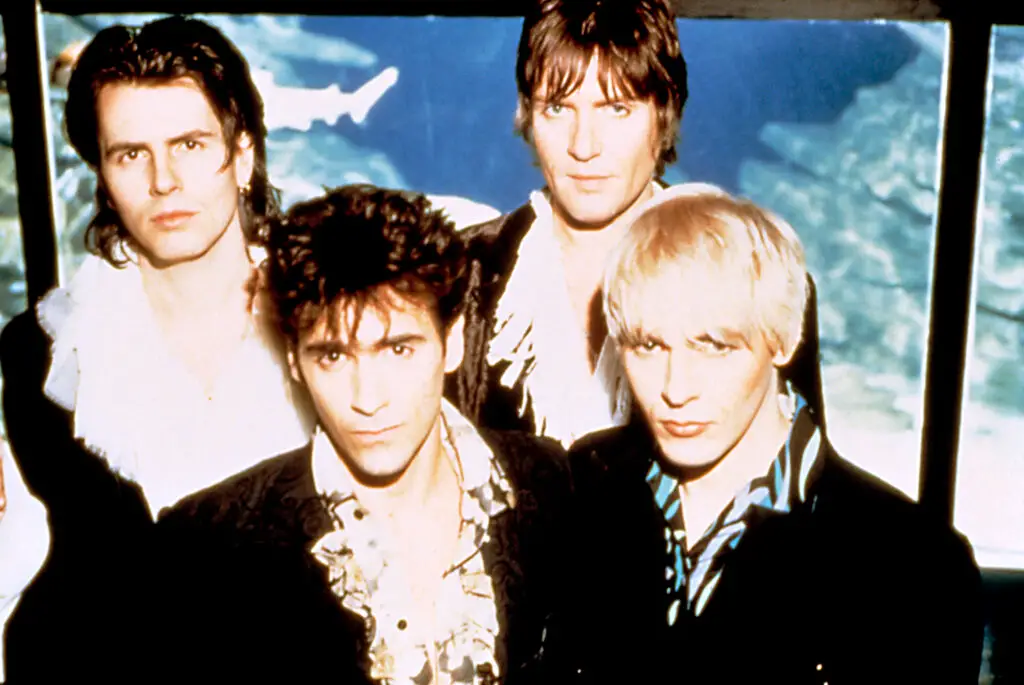
“Girls on Film” pushed boundaries with its risqué content, featuring models in various states of undress and provocative poses. The video was seen as objectifying women, sparking outrage among parents who feared it would warp their children’s views on gender and other taboo subjects. MTV even aired a toned-down version due to the backlash. Parents were concerned about the explicit imagery overshadowing the song’s catchy tune.
For fans, the video was part of the glam and allure that defined ’80s pop culture. Duran Duran’s fusion of music and fashion made “Girls on Film” a staple of the era’s visual style. The video’s boldness added to the song’s popularity, with fans appreciating its edgy take on pop music. It remains a classic example of how music videos could merge art and controversy seamlessly.
6. Twisted Sister – “We’re Not Gonna Take It”
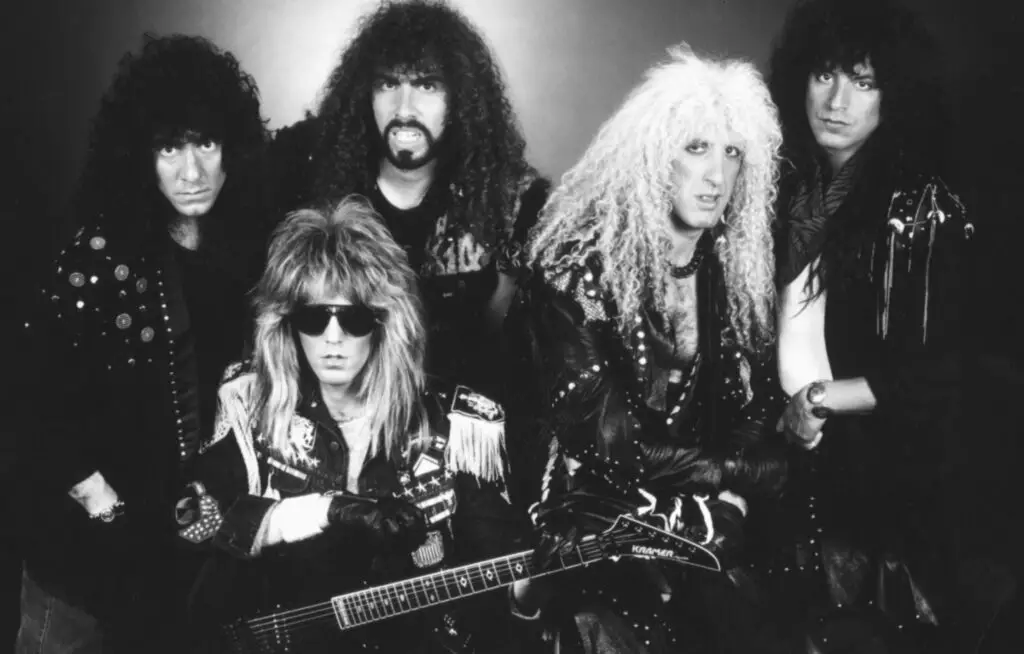
Twisted Sister’s anthem of rebellion, “We’re Not Gonna Take It,” resonated with teens who felt misunderstood by their parents. The video depicted a rebellious son confronting an overbearing father, with over-the-top theatrics and defiant lyrics. Parents feared it encouraged disrespect and defiance, worrying it would fuel generational divides. The video’s theatrical style and message of standing up against authority were both empowering and alarming.
Fans embraced the video as a rallying cry for youth independence, connecting with its rebellious spirit. The exaggerated performances and catchy chorus made it a staple at rock concerts and parties. While parents fretted over its perceived message, “We’re Not Gonna Take It” became a symbol of teenage defiance, solidifying Twisted Sister’s place in rock history.
7. a-ha – “Take On Me”

The “Take On Me” video combined live-action with rotoscope animation, creating a groundbreaking visual experience. Parents weren’t as outraged by content as they were confused by its artistic style, which some found too abstract and unsettling. The video’s complex narrative of a woman pulled into a sketch world with her love interest blurred the lines between reality and fantasy, which parents thought was too intense for kids.
For fans, the innovative animation and heartfelt story made it an instant classic. The video’s unique look and emotional depth captured audiences, showing how technology could enhance storytelling in music. It became a touchstone of ’80s pop culture, demonstrating that music videos could be both visually stunning and emotionally engaging.
8. David Bowie – “China Girl”

David Bowie’s “China Girl” video stirred controversy with its portrayal of an interracial romance and subtle commentary on Western attitudes toward Asian culture. The video featured sensual imagery and cultural stereotypes, which parents felt crossed the line into tasteless territory. Concerns about racial insensitivity and racy content led many parents to criticize the video harshly, fearing it promoted inappropriate messages.
Fans appreciated Bowie’s attempt to address complex social issues through music and video. The mix of romance, cultural critique, and Bowie’s unique style made “China Girl” both thought-provoking and captivating. While parents balked at its themes, fans saw it as a bold statement on cultural dynamics and love, reinforcing Bowie’s reputation as a boundary-pushing artist.
9. Frankie Goes to Hollywood – “Relax”
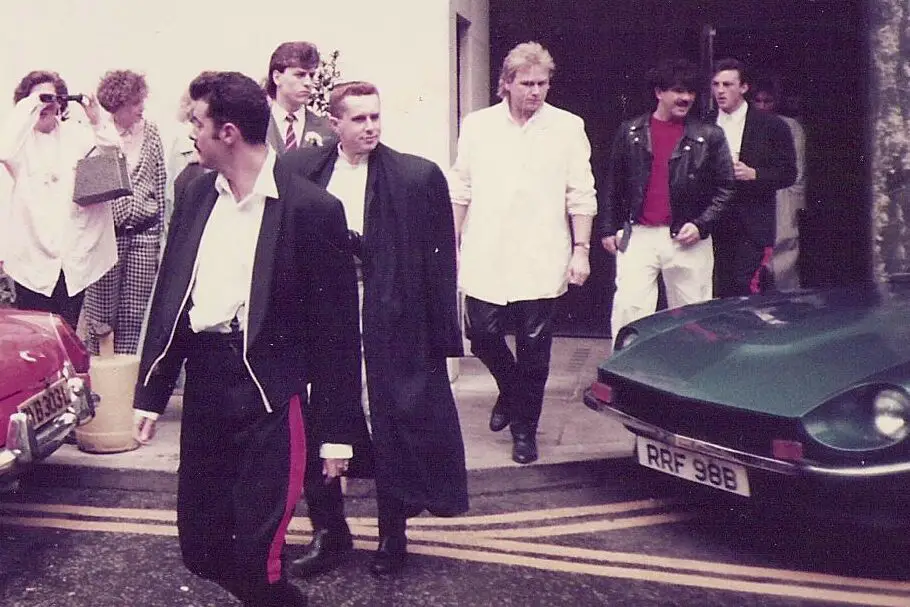
“Relax” faced immense backlash for its explicit content and provocative imagery. The video, which featured scantily clad dancers and suggestive scenes, was banned by the BBC, sparking even more interest. Parents were horrified by the overtness of it all, worrying it would corrupt young minds. The controversy only amplified the song’s popularity, turning it into a symbol of liberation.
Fans loved the video’s audacity and unapologetic celebration of this liberation. It was a perfect match for the song’s high-energy beats and provocative lyrics, creating a sense of rebellion and freedom. Despite parental disapproval, “Relax” became a cultural phenomenon, illustrating how controversy could drive a song to legendary status.
10. Culture Club – “Karma Chameleon”
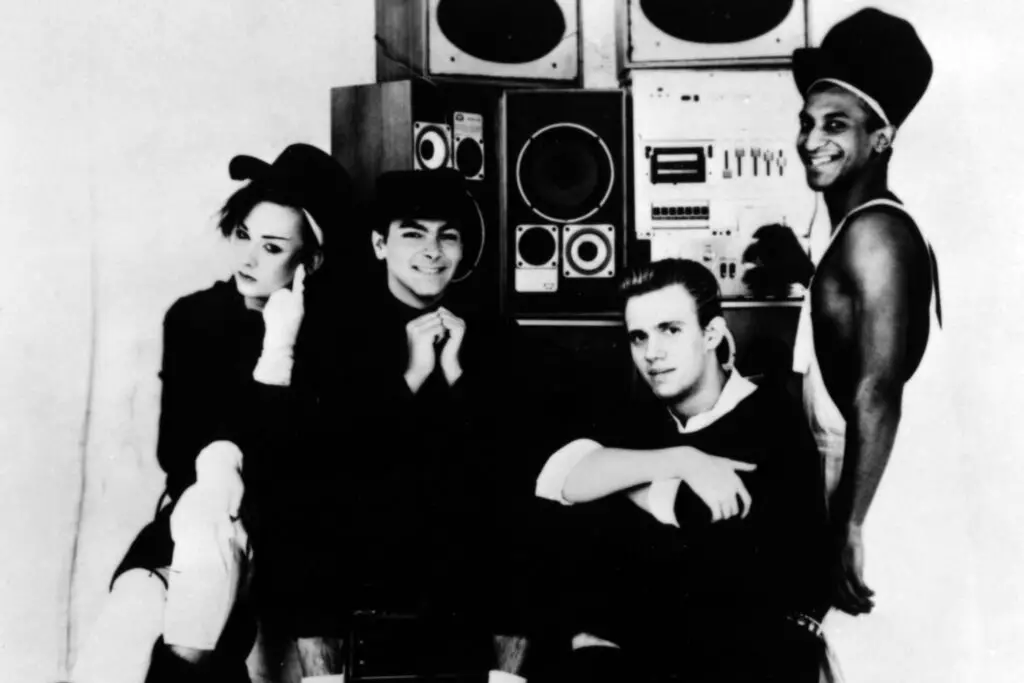
“Karma Chameleon” seemed harmless on the surface with its catchy melody and vibrant visuals, but some parents were uneasy with Culture Club’s frontman Boy George’s androgynous appearance. The video’s colorful, carnival-like setting and themes of love and acceptance clashed with conservative values, making parents uneasy about its influence. Concerns about gender expression and nonconformity were at the heart of the controversy.
For fans, the video was a celebration of love and individuality, perfectly encapsulating the ’80s ethos. Boy George’s style and the video’s message resonated with those embracing diversity and self-expression. Parents may have been skeptical, but “Karma Chameleon” remains a beloved classic, showing how music can challenge societal norms with grace.
11. INXS – “Need You Tonight”

INXS’s “Need You Tonight” video blended sensuality with edgy visuals, featuring tight shots, strobe lighting, and a seductive performance by Michael Hutchence. The video’s explicit focus on desire alarmed parents who feared it would negatively influence teens. The minimalist yet provocative style was seen as too adult for younger audiences, leading to calls for censorship.
Fans found the video irresistibly sexy and sleek, perfectly complementing the song’s groove and Hutchence’s magnetic stage presence. The video’s raw energy and unabashed sensuality made it a staple of ’80s rock videos, emphasizing the era’s push toward more mature and daring content in music videos.
12. Berlin – “S** (I’m a …)”
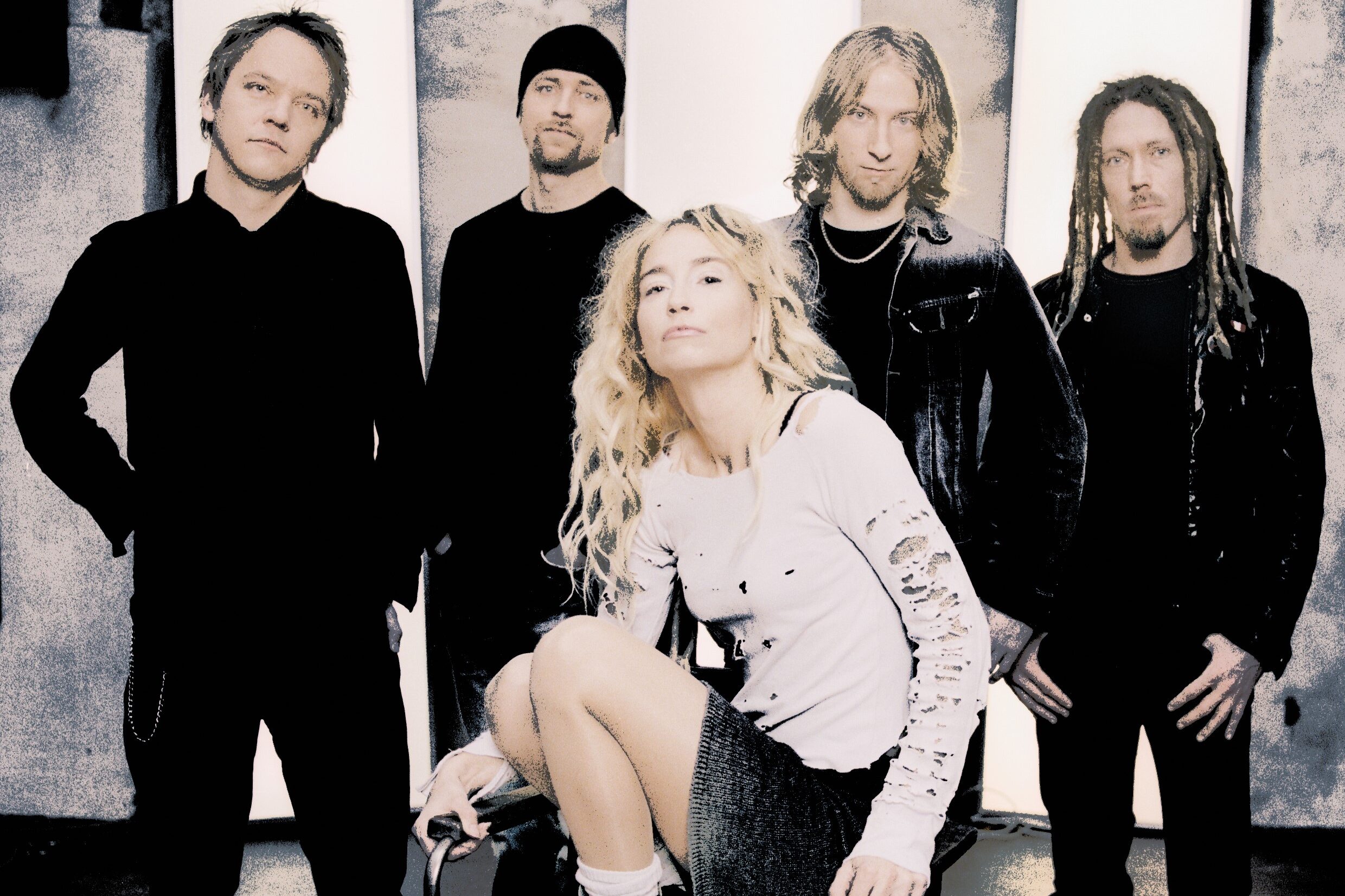
Berlin’s “S** (I’m a …)” was unapologetically bold, exploring themes of desire and identity with blunt lyrics and provocative imagery. The video featured scenes of adults exploring various explicit aspects of human nature, which parents deemed inappropriate and explicit. This kind of open discussion in both the lyrics and visuals was seen as crossing a moral line, leading to widespread condemnation.
Fans embraced the video for its honesty and rawness, seeing it as a refreshing break from sanitized pop content. Its bold message and edgy visuals made it a cult favorite, with Berlin pushing the envelope on what could be discussed in mainstream music. The video’s controversy only cemented its place as a daring and influential piece of ’80s pop culture.
